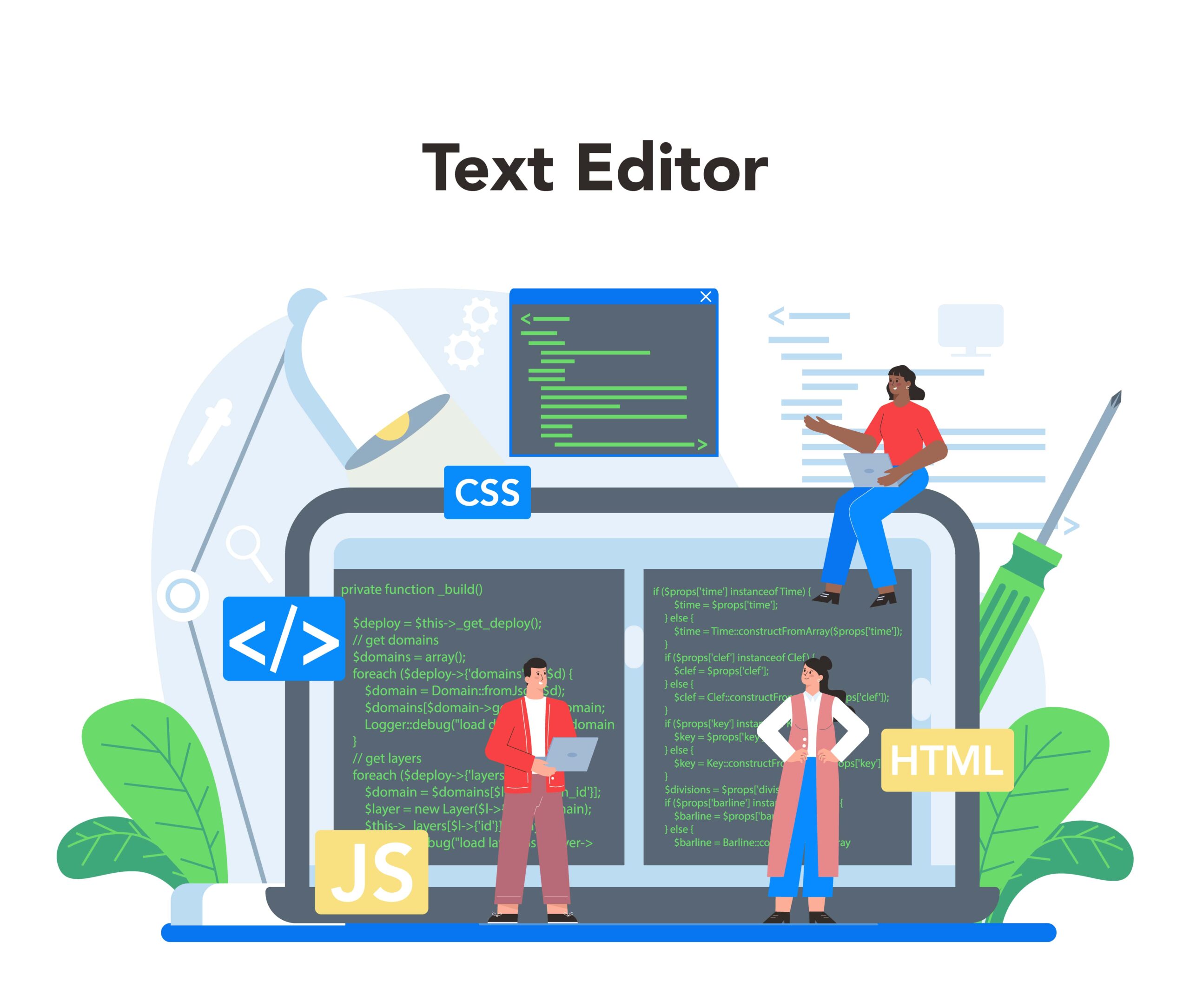Mastering CSS Pseudo-Classes: Tips, Tricks, and Use Cases
What are CSS Pseudo-Classes and why are they essential in 2025?
CSS pseudo-classes let you style elements based on their state or position—such as when a user hovers over a button or selects the first item in a list. They enable dynamic, interactive styles without adding extra classes or JavaScript, keeping your CSS clean and efficient.
In the ever-evolving world of front-end development, writing clean and dynamic CSS is essential to delivering a modern user experience. Among the many tools available to web developers, CSS Pseudo-Classes are some of the most powerful and underused. These selectors allow developers to apply styles based on the state of an element, user interaction, or even its position in the DOM. In this guide, we’ll explore how to master CSS Pseudo-Classes with practical tips, common use cases, and tricks that will help you write smarter stylesheets.
Whether you’re working on a large-scale Laravel project or building a visually stunning WordPress site, pseudo-classes can elevate your styling game. For those interested in frontend excellence, be sure to explore our UI/UX Design Services and HTML and CSS Development Services.
What are CSS Pseudo-Classes?
CSS Pseudo-Classes are special keywords added to selectors that specify a special state of the selected elements. For example, :hover applies a style when the user hovers over an element, and :nth-child(2) targets the second child of its parent.
/* Example */
a:hover {
color: red;
}
In the above example, the anchor tag will change color when hovered over, thanks to the :hover pseudo-class.
Commonly Used CSS Pseudo-Classes
Let’s explore some widely used CSS Pseudo-Classes that every developer should know:
1. :hover
Used to style elements when a user mouses over them.
button:hover {
background-color: #007bff;
color: white;
}
2. :focus
Applied when an element (like an input field) is focused.
input:focus {
outline: 2px solid #4caf50;
}
3. :first-child, :last-child, :nth-child()
Useful when targeting specific elements in a list.
li:first-child {
font-weight: bold;
}
4. :not()
Exclude specific elements from selection.
p:not(.intro) {
font-size: 16px;
}
These examples barely scratch the surface. Understanding how to use and combine CSS Pseudo-Classes effectively can greatly reduce the need for JavaScript or additional markup.
Advanced Tips for Using CSS Pseudo-Classes
1. Combine Pseudo-Classes for Precise Targeting
Want to apply styles only to hovered buttons that are also the last child? You can chain pseudo-classes:
button:last-child:hover {
border: 2px solid red;
}
2. Add Transitions for Smooth Effects
Pseudo-classes like :hover and :focus pair wonderfully with CSS transitions.
a {
transition: color 0.3s ease;
}
a:hover {
color: green;
}
3. Use :checked for Interactive Forms
input[type=”checkbox”]:checked + label {
color: green;
font-weight: bold;
}
This is great for creating custom form elements with no JavaScript.
Real-World Use Cases
Navigation Menus
CSS Pseudo-Classes like :hover and :focus-within are heavily used in dropdown and mega menus. This makes them more accessible and eliminates the need for JavaScript in basic menu toggles.
Forms and Input Validation
input:invalid, input:valid, and input:required are extremely useful when styling form states.
input:invalid {
border-color: red;
}
Alternating Table Rows
tr:nth-child(even) {
background-color: #f2f2f2;
}
This improves readability and enhances UI design.
For implementing real-time styling in your Laravel projects, check out our Laravel Development Services. If you’re working on CMS-based projects, explore our WordPress Development Services.
Best Practices for CSS Pseudo-Classes
- Keep it Semantic: Don’t overuse pseudo-classes for tasks better handled by classes.
- Avoid Deep Nesting: Excessive chaining makes code hard to maintain.
- Think Mobile-First: Test how hover states behave on touch devices.
- Use Logical Combinations: Combine pseudo-classes thoughtfully for better UX.
Debugging CSS Pseudo-Classes
Sometimes pseudo-classes can be tricky to debug. Here are a few tips:
- Use browser developer tools to inspect pseudo-class states.
- Temporarily apply a border or background color to test visibility.
- Remember that dynamic pseudo-classes (like :hover) may not be visible in static previews.
Wrapping Up
CSS Pseudo-Classes offer a lot of power to developers without adding extra markup or JavaScript. When used correctly, they help you write cleaner, more maintainable code while enhancing user experience. From basic hover effects to complex form styling and responsive elements, mastering these selectors is essential for any front-end developer.
Looking to elevate your web designs or need expert help with frontend development? Explore our specialized HTML and CSS Development Services and UI/UX Design Services.
If your project includes Laravel or WordPress backend integration, our expert teams are here to assist through Laravel Development Services and WordPress Development Services.
Make CSS Pseudo-Classes your secret weapon for modern, elegant, and responsive design!
Frequently Asked Questions
1. What are common CSS pseudo-classes and how do they work?
Pseudo-classes like :hover, :active, and :focus respond to user interactions, while structural ones like :first-child, :last-child, and :nth-child() style elements based on their position in the DOM.
2. How do pseudo-classes improve web accessibility and UX?
By styling elements like form inputs when focused or hovered, pseudo-classes provide visual cues key to accessibility and usability—supporting keyboard navigation and interaction feedback.
3. Can pseudo-classes replace JavaScript for styling?
Absolutely—for many UI effects like hover states, checked inputs, or alternating row colors, CSS pseudo-classes eliminate the need for extra scripts or markup.
4. What are structural pseudo-classes and when should I use them?
Structural pseudo-classes like :first-child and :nth-child() target elements based on their position or relationship to siblings—ideal for styling lists, tables, or grid items without extra HTML.






